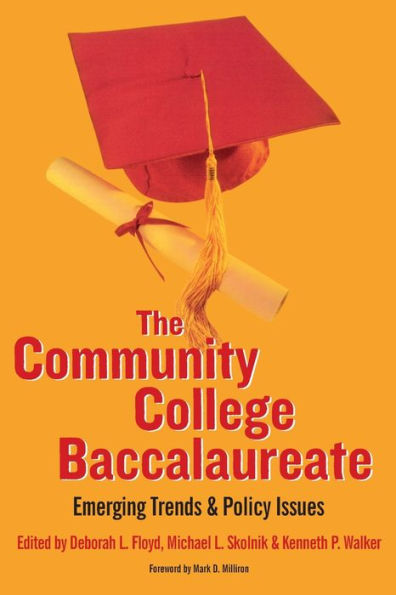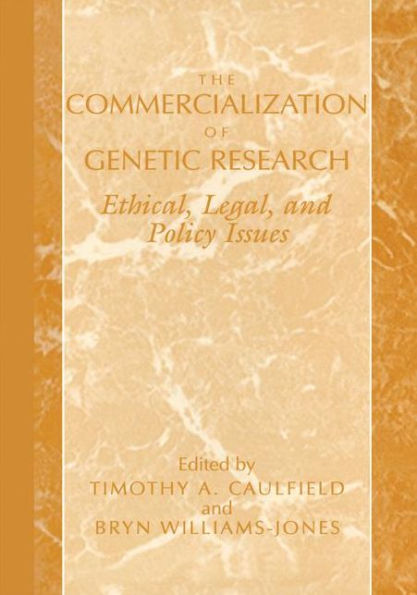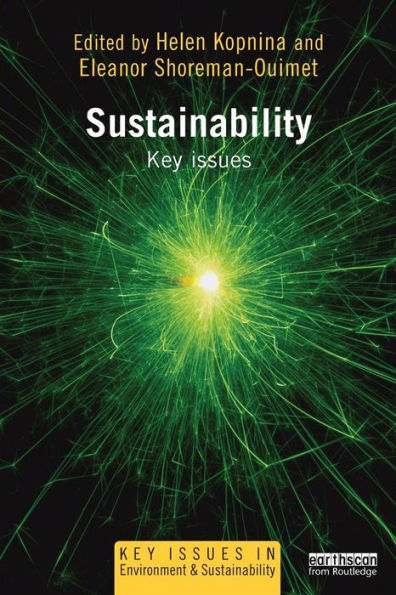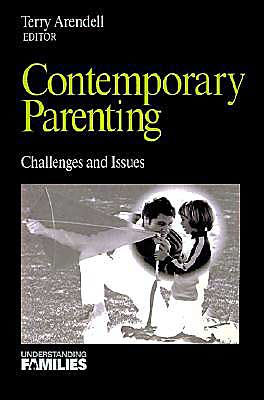Home
Housing for the Elderly: Policy and Practice Issues / Edition 1
Barnes and Noble
Loading Inventory...
Housing for the Elderly: Policy and Practice Issues / Edition 1 in Franklin, TN
Current price: $170.00
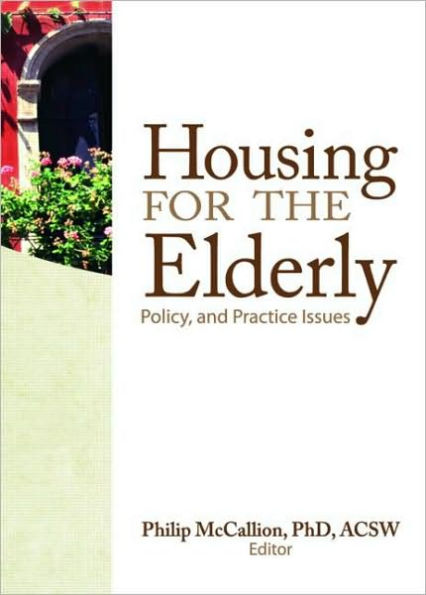
Barnes and Noble
Housing for the Elderly: Policy and Practice Issues / Edition 1 in Franklin, TN
Current price: $170.00
Loading Inventory...
Size: OS
Find out how housing options for the elderly are changing—and not always for the better
To maintain or improve their quality of life, many seniors in the United States will move to new locations and into new types of housing.
Housing for the Elderly
addresses the key aspects of the transitions they’ll face, examines how housing programs can help, and looks at the role social workers can play to ensure they remain healthy, happy, and productive as they age.
provides the tools to build a comprehensive understanding of how housing is changing to support the growing number of elderly persons in the United States. This unique resource examines a full range of housing options, including assisted-living communities, elder friendly communities, and homelessness; looks at the effects of the Olmstead Decision of 1999, which requires states to place persons with disabilities in community settings rather than in institutions; and summarizes current research on Naturally Occurring Retirement Communities (NORCs). The book also presents a historical perspective of housing issues for the elderly, with a special focus on the discrimination of African-Americans.
Topics in
include:
creating elder friendly communities
homelessness among the elderly in Toronto
housing disparities for older Puerto Ricans in the United States
grandparent caregiver housing programs
how the Olmstead Decision affects the elderly, social workers, and health care providers
New York State’s experience with NORCs
relocation concerns of people living in NORCs
the integration of services for the elderly into housing settings-particularly low-income housing
moving from a nursing home to an assisted-living facility
assisted-living and Medicaid
and much more!
is an essential resource for social work practitioners, administrators, researchers, and academics who deal with the elderly.
To maintain or improve their quality of life, many seniors in the United States will move to new locations and into new types of housing.
Housing for the Elderly
addresses the key aspects of the transitions they’ll face, examines how housing programs can help, and looks at the role social workers can play to ensure they remain healthy, happy, and productive as they age.
provides the tools to build a comprehensive understanding of how housing is changing to support the growing number of elderly persons in the United States. This unique resource examines a full range of housing options, including assisted-living communities, elder friendly communities, and homelessness; looks at the effects of the Olmstead Decision of 1999, which requires states to place persons with disabilities in community settings rather than in institutions; and summarizes current research on Naturally Occurring Retirement Communities (NORCs). The book also presents a historical perspective of housing issues for the elderly, with a special focus on the discrimination of African-Americans.
Topics in
include:
creating elder friendly communities
homelessness among the elderly in Toronto
housing disparities for older Puerto Ricans in the United States
grandparent caregiver housing programs
how the Olmstead Decision affects the elderly, social workers, and health care providers
New York State’s experience with NORCs
relocation concerns of people living in NORCs
the integration of services for the elderly into housing settings-particularly low-income housing
moving from a nursing home to an assisted-living facility
assisted-living and Medicaid
and much more!
is an essential resource for social work practitioners, administrators, researchers, and academics who deal with the elderly.
Find out how housing options for the elderly are changing—and not always for the better
To maintain or improve their quality of life, many seniors in the United States will move to new locations and into new types of housing.
Housing for the Elderly
addresses the key aspects of the transitions they’ll face, examines how housing programs can help, and looks at the role social workers can play to ensure they remain healthy, happy, and productive as they age.
provides the tools to build a comprehensive understanding of how housing is changing to support the growing number of elderly persons in the United States. This unique resource examines a full range of housing options, including assisted-living communities, elder friendly communities, and homelessness; looks at the effects of the Olmstead Decision of 1999, which requires states to place persons with disabilities in community settings rather than in institutions; and summarizes current research on Naturally Occurring Retirement Communities (NORCs). The book also presents a historical perspective of housing issues for the elderly, with a special focus on the discrimination of African-Americans.
Topics in
include:
creating elder friendly communities
homelessness among the elderly in Toronto
housing disparities for older Puerto Ricans in the United States
grandparent caregiver housing programs
how the Olmstead Decision affects the elderly, social workers, and health care providers
New York State’s experience with NORCs
relocation concerns of people living in NORCs
the integration of services for the elderly into housing settings-particularly low-income housing
moving from a nursing home to an assisted-living facility
assisted-living and Medicaid
and much more!
is an essential resource for social work practitioners, administrators, researchers, and academics who deal with the elderly.
To maintain or improve their quality of life, many seniors in the United States will move to new locations and into new types of housing.
Housing for the Elderly
addresses the key aspects of the transitions they’ll face, examines how housing programs can help, and looks at the role social workers can play to ensure they remain healthy, happy, and productive as they age.
provides the tools to build a comprehensive understanding of how housing is changing to support the growing number of elderly persons in the United States. This unique resource examines a full range of housing options, including assisted-living communities, elder friendly communities, and homelessness; looks at the effects of the Olmstead Decision of 1999, which requires states to place persons with disabilities in community settings rather than in institutions; and summarizes current research on Naturally Occurring Retirement Communities (NORCs). The book also presents a historical perspective of housing issues for the elderly, with a special focus on the discrimination of African-Americans.
Topics in
include:
creating elder friendly communities
homelessness among the elderly in Toronto
housing disparities for older Puerto Ricans in the United States
grandparent caregiver housing programs
how the Olmstead Decision affects the elderly, social workers, and health care providers
New York State’s experience with NORCs
relocation concerns of people living in NORCs
the integration of services for the elderly into housing settings-particularly low-income housing
moving from a nursing home to an assisted-living facility
assisted-living and Medicaid
and much more!
is an essential resource for social work practitioners, administrators, researchers, and academics who deal with the elderly.


